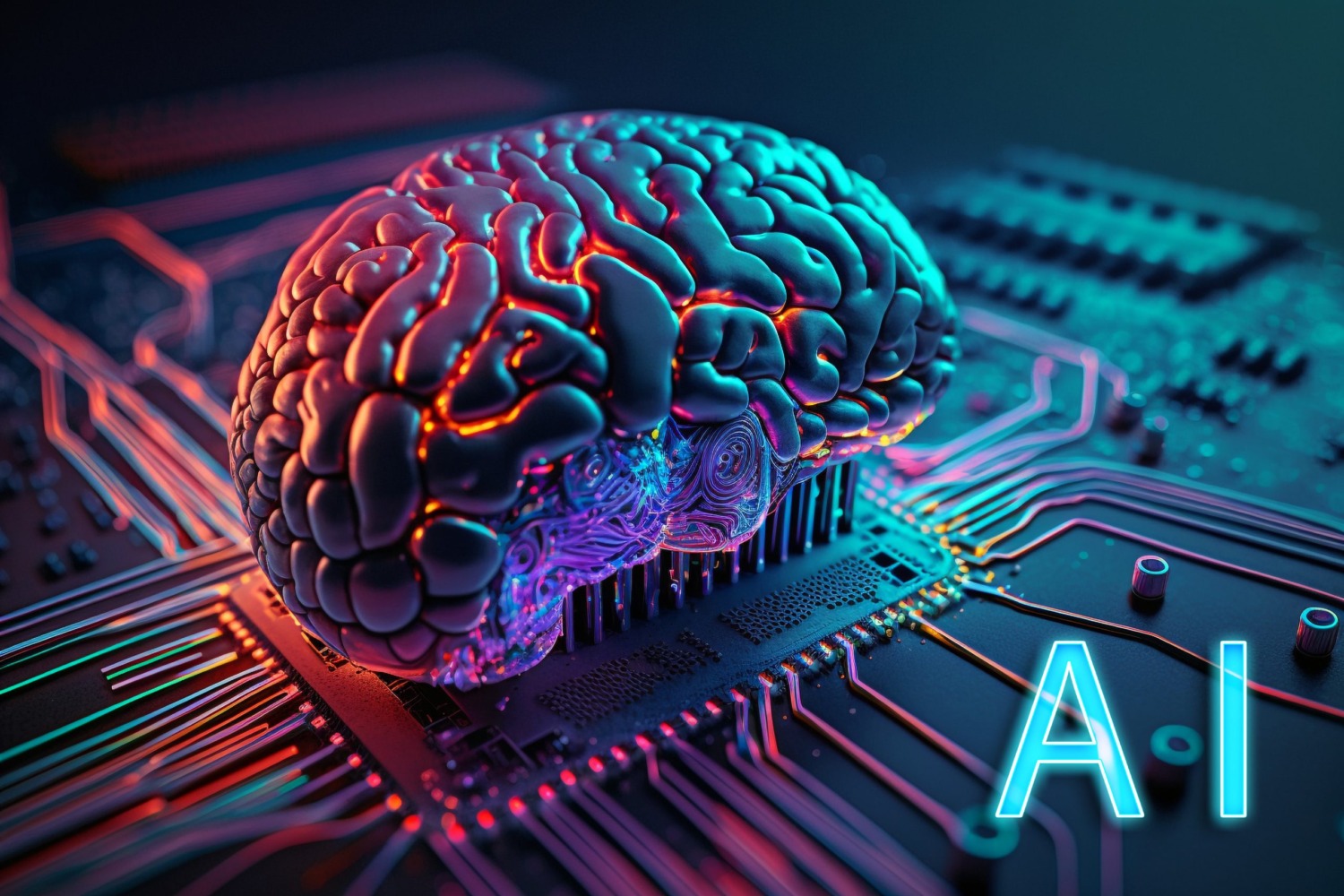Have you ever considered how medical practices have changed over time, perhaps looking back at some truly unique approaches? It's almost fascinating, you know, to see how people once thought about healing. Well, there's a historical treatment that really stands out, one that involved purposefully making someone's body temperature go up. It sounds rather intense, doesn't it? This method, a bit out of the ordinary, was called "artificial fever."
This approach, sometimes known as pyrotherapy or fever therapy, was a way to raise or keep the body's temperature higher than normal. It was thought to help treat certain illnesses. So, in a way, doctors were trying to use the body's own natural defense mechanism, a fever, to fight off sickness. This idea, you see, played a role in medicine for a while.
You might be wondering, what kind of diseases did they try to treat with this? Well, my text tells us that it was used in the 20th century for conditions like syphilis and malaria, among others. It’s a compelling piece of medical history, honestly, showing a time when understanding the body’s reactions was quite different from today. We're going to explore this intriguing chapter, looking at what artificial fever was, why it was used, and what became of it.
Table of Contents
- What Exactly Was Artificial Fever?
- A Look Back: Artificial Fever in the 20th Century
- Why Did It Fade Away?
- Modern Echoes: The Idea Today
- Frequently Asked Questions About Artificial Fever
- Reflecting on Artificial Fever
What Exactly Was Artificial Fever?
Artificial fever, or pyrotherapy as it was also called, involved a deliberate effort to make a person's body temperature rise and stay elevated. This wasn't just a slight warmth; it was about getting the body quite hot, often to levels that would normally cause concern. The core idea, you know, was to use this heat for a healing purpose. It was a rather direct approach to medical care, focused on changing the body's internal environment.
The Concept Behind the Heat
The thinking behind artificial fever was, in some respects, quite simple. When we get sick, our bodies often naturally develop a fever. This natural fever is usually a sign that our body is fighting something off. It's a defense mechanism, a way the body tries to make things uncomfortable for unwelcome invaders. So, the idea was that if a natural fever could help, then perhaps an induced one could too. This concept, you know, was a driving force behind its use.
The goal was to create an environment within the body that was less hospitable for disease-causing agents. This meant raising the temperature to levels that might weaken or even destroy certain germs. It was, arguably, a bold move, trying to replicate and control a process that usually happens on its own. Doctors at the time were, apparently, very keen on exploring all avenues for treatment, especially when other options were limited. This approach really highlights how medical thinking has evolved.
How Was It Induced?
Inducing an artificial fever wasn't a simple task, you know. Early methods were, in fact, quite ingenious, if a bit risky. One famous way involved infecting patients with malaria, which naturally causes recurring fevers. This was done for specific conditions where the fever was thought to be beneficial. It sounds pretty wild today, but it was a recognized method at the time, particularly for certain neurological conditions. This particular method, you see, really shows the lengths doctors would go to find a cure.
As time went on, people looked for more controlled ways to raise body temperature without introducing another disease. This led to other physical methods. These included things like placing patients in special heated cabinets or using electrical currents to generate heat within the body. These techniques aimed to achieve the same feverish state but with a bit more precision. It was, frankly, an ongoing effort to refine a somewhat crude but effective concept. The development of these methods really shows a drive for improvement, even in what might seem like a very basic treatment.
These methods, you know, required careful monitoring. Keeping a patient's temperature at a specific high level for a period of time, without causing too much harm, was a delicate balance. It involved constant observation by medical staff. The goal was to reach a therapeutic temperature, but not push it so far that it became dangerous. So, it was a very hands-on type of care, needing a lot of attention from the medical team. This level of care, you know, was pretty standard for such an intensive treatment.
A Look Back: Artificial Fever in the 20th Century
The 20th century was a time when artificial fever really saw its moment in the medical spotlight. As my text mentions, it was put to use for conditions like syphilis and malaria. These were, at the time, very serious diseases, and effective treatments were not always readily available. So, doctors were looking for anything that might offer some hope. It was a period of intense medical exploration, you know, trying out various ways to combat illness.
Syphilis and Malaria Connections
For syphilis, especially its later stages that affected the brain and nervous system, artificial fever was, apparently, seen as a breakthrough. The idea was that the high temperatures could directly harm the syphilis bacteria, which are quite sensitive to heat. So, by inducing a strong fever, doctors hoped to eliminate the infection. This particular application was, in fact, one of the most significant uses of this therapy. It provided a new avenue for treating a very difficult disease, which was a big deal at the time.
When it came to malaria, the connection might seem a bit odd, since malaria itself causes fevers. But in some cases, malaria was actually *used* to induce the fever for treating other conditions, like syphilis. It was a rather daring strategy, to be honest. The controlled infection of malaria would then be treated with specific anti-malarial drugs once the therapeutic fever had run its course. This method, you know, highlights the creative, though sometimes risky, approaches taken in medicine's past.
A Nobel Prize and Its Impact
The use of artificial fever for treating neurosyphilis gained significant recognition, leading to a Nobel Prize in Physiology or Medicine in 1927 for Julius Wagner-Jauregg. He was honored for his discovery of the therapeutic value of malaria inoculation in the treatment of dementia paralytica, a severe form of neurosyphilis. This award, you know, really cemented artificial fever's place in medical history. It showed that this unconventional method was, in fact, considered a valid and important treatment at the time.
This Nobel recognition brought a lot of attention to pyrotherapy. It encouraged other researchers and doctors to explore its potential for various other illnesses. For a period, it was seen as a promising new frontier in medicine. It's really quite something, you know, how a single discovery can shift medical perspectives so dramatically. The impact was, you know, quite widespread for its time.
The Reasoning and Challenges
The core reasoning was that many disease-causing agents, like bacteria and viruses, struggle to survive or reproduce in higher temperatures. The body's natural fever response is a testament to this, so doctors reasoned that an even higher, sustained temperature could be even more effective. It was, in a way, like turning up the heat on the invaders. This simple principle, you know, drove much of the early research and application.
However, there were significant challenges, too. Maintaining a precise, elevated temperature for an extended period without harming the patient was very difficult. There was always a risk of overheating, leading to organ damage or worse. Patient comfort was also a major concern, as being in a feverish state for a long time is incredibly taxing on the body. So, it was a very demanding treatment, both for the patient and the medical staff. The inherent risks, you know, were always present.
The treatment also required a lot of resources. It meant dedicated staff to monitor the patient constantly, special equipment for inducing and controlling the heat, and a recovery period for the patient. It was, basically, not a simple or cheap treatment to administer. These practical considerations, you know, played a part in its eventual decline. It was, in fact, a very resource-intensive approach.
Why Did It Fade Away?
Despite its early successes and Nobel recognition, artificial fever therapy gradually fell out of widespread use. This decline wasn't sudden, but rather a slow shift as medical science advanced. It's interesting, you know, how quickly new discoveries can change an entire field. The medical landscape was, apparently, undergoing some major transformations.
New Discoveries in Medicine
The biggest reason for its decline was the arrival of more effective and safer treatments, particularly antibiotics. When penicillin was discovered and became widely available, it offered a far simpler and more direct way to treat bacterial infections like syphilis. Instead of inducing a risky fever, a patient could simply take a medication that targeted the bacteria directly. This was, honestly, a game-changer for many diseases. It was a much more precise and less invasive approach, you know, which doctors naturally preferred.
These new medications were also much easier to administer and carried fewer immediate risks for the patient. They could be given in a doctor's office or even at home, rather than requiring a hospital stay and constant monitoring. This ease of use, you know, made them far more practical. The shift towards these modern drugs was, basically, inevitable once they proved their worth. It was, in fact, a significant step forward in medical treatment.
Safety and Control Concerns
Even with the best intentions, controlling an artificial fever was always a delicate act. There was a constant danger of pushing the patient's temperature too high, leading to heatstroke, seizures, or damage to vital organs. The precision needed was very high, and even then, adverse reactions could occur. So, the inherent risks were always a major drawback. It was, in a way, a treatment that walked a fine line between healing and harm.
The lack of exact control over the fever's intensity and duration meant that results could vary greatly from patient to patient. It wasn't a standardized treatment in the way modern medications are. This variability, you know, made it harder to predict outcomes and ensure consistent safety. Doctors were, quite frankly, looking for more predictable and safer options. The desire for better control was, you know, a very strong motivator.
Ethical Considerations of Treatment
As medical ethics evolved, the practice of inducing a disease like malaria to treat another condition became increasingly questionable. While done with therapeutic intent, it involved knowingly causing one illness to potentially cure another. This raised, you know, some serious ethical questions about patient well-being and the doctor's role. It was, basically, a complex ethical landscape to navigate. The shift in ethical thinking, you know, played a part in its disappearance.
As safer alternatives became available, the ethical justification for such a risky and invasive procedure diminished significantly. There was no longer a compelling reason to put patients through such an ordeal when gentler, more targeted treatments existed. It became, in short, an outdated practice. This change, you know, was a natural progression as medicine advanced.
Modern Echoes: The Idea Today
While artificial fever as it was practiced in the 20th century is no longer a common treatment, the underlying idea that heat can play a role in fighting disease hasn't completely vanished. It's like, you know, some concepts just stick around, even if their application changes. The human body's response to heat, you see, is still a topic of interest in medical science today.
Fever and Immunity Today
Today, we understand much more about how the body's immune system works and the complex role that natural fever plays. We know that a fever can, in fact, speed up metabolic processes, making immune cells more active and efficient. It can also make it harder for certain pathogens to multiply. So, the body's natural fever is still seen as a valuable defense mechanism. This basic understanding, you know, remains very relevant.
Doctors generally allow natural fevers to run their course unless they become dangerously high or cause extreme discomfort. This approach acknowledges the fever's helpful role without resorting to artificial induction. It's a recognition, you know, that the body often knows best how to heal itself, given the right support. This more nuanced view, you know, guides modern medical practice.
Controlled Heat in Modern Care
The concept of using controlled heat for therapeutic purposes has, however, found new life in very specific, modern medical contexts. For instance, in some cancer treatments, a method called hyperthermia therapy is used. This involves precisely heating certain parts of the body or even the whole body to destroy cancer cells, which are often more sensitive to heat than healthy cells. This is a very different approach from historical artificial fever, you know, being much more targeted and controlled.
This modern hyperthermia is not about inducing a general, uncontrolled fever, but rather about applying very precise, localized heat. It's often used in conjunction with other treatments like radiation or chemotherapy. So, while the idea of using heat for healing persists, the methods and applications are, frankly, vastly more sophisticated and safer than the pyrotherapy of the past. It's a clear example, you know, of how medical understanding has advanced. You can learn more about modern therapeutic uses of heat on our site, and also explore the history of medical innovations.
The research continues to explore how heat interacts with the body's systems, but always with a strong emphasis on safety and precision. It’s a fascinating area, you know, that keeps developing. The goal is to maximize benefit while minimizing any risk to the patient. This ongoing exploration, you know, is a testament to scientific curiosity. For more details on the historical context of fever therapy, you might look at resources like the National Library of Medicine, which often covers such topics.
Frequently Asked Questions About Artificial Fever
Was artificial fever a dangerous treatment?
Yes, it could be quite dangerous. Raising the body's temperature significantly carries risks like heatstroke, seizures, and damage to organs. It was a treatment that needed very careful monitoring, and, you know, adverse effects were always a concern. The precision required was, in fact, very high.
Why did doctors stop using artificial fever?
Doctors stopped using it mainly because safer and more effective treatments, like antibiotics, became available. These new medications were much easier to use and had fewer risks for patients. So, it was, basically, replaced by better options. The medical field, you know, is always looking for improvements.
Is artificial fever used in medicine today?
No, the historical practice of general artificial fever is not used today. However, the concept of using controlled heat for therapy exists in modern medicine, particularly in targeted cancer treatments known as hyperthermia therapy. This is, you know, a very different and much more precise application. It's a good example, you know, of how ideas evolve.
Reflecting on Artificial Fever
Artificial fever, or pyrotherapy, stands as a truly remarkable chapter in medical history. It shows us a time when doctors used very direct, and sometimes quite daring, methods to combat serious illnesses. It was, you know, a significant approach for its era, especially given the limited treatments available. This historical practice, you see, offers a unique window into past medical thinking.
From its use against syphilis and malaria to its Nobel Prize recognition, artificial fever reflects a persistent human drive to find ways to heal. While no longer practiced in its original form, its story reminds us of the constant evolution of medicine. It highlights, you know, how new knowledge and discoveries can completely change how we approach health and sickness. The journey of medicine, you know, is truly fascinating.
This historical treatment, you know, really underscores how far medical science has come. It also, in a way, reminds us of the body's incredible ability to respond to challenges, even when those challenges are artificially induced. Understanding these past methods helps us appreciate the careful, evidence-based approaches we rely on today. It's a compelling story, you know, about human ingenuity and the pursuit of better health. This journey, you know, is always moving forward.



Author Details:
- Name : Dr. Doris Wisoky
- Username : littel.ericka
- Email : smetz@cruickshank.com
- Birthdate : 1983-05-14
- Address : 8874 Kenyatta Estates Lake Hans, DE 27683-5933
- Phone : +1-209-368-0027
- Company : Feil-Krajcik
- Job : Court Clerk
- Bio : Perspiciatis libero officiis similique. Voluptatem quaerat distinctio quibusdam vitae ut. Qui eum et deserunt.
Social Networks
Linkedin:
- Url : https://linkedin.com/in/rathr
- Username : rathr
- Bio : In et reprehenderit eos aut inventore corrupti.
- Followers : 2174
- Following : 127
Tiktok:
- Url : https://tiktok.com/@rath1977
- Username : rath1977
- Bio : Aliquid optio voluptatem molestiae et. Qui consequatur at quo eos.
- Followers : 3828
- Following : 2661
Instagram:
- Url : https://instagram.com/rahul9513
- Username : rahul9513
- Bio : Beatae mollitia reiciendis omnis sit et. Ab ea tempora ex rerum voluptas.
- Followers : 4358
- Following : 2693
Facebook:
- Url : https://facebook.com/rahul.rath
- Username : rahul.rath
- Bio : Ab ut qui ea sit ipsa. Sit iusto cum ipsam totam eos.
- Followers : 683
- Following : 1576
